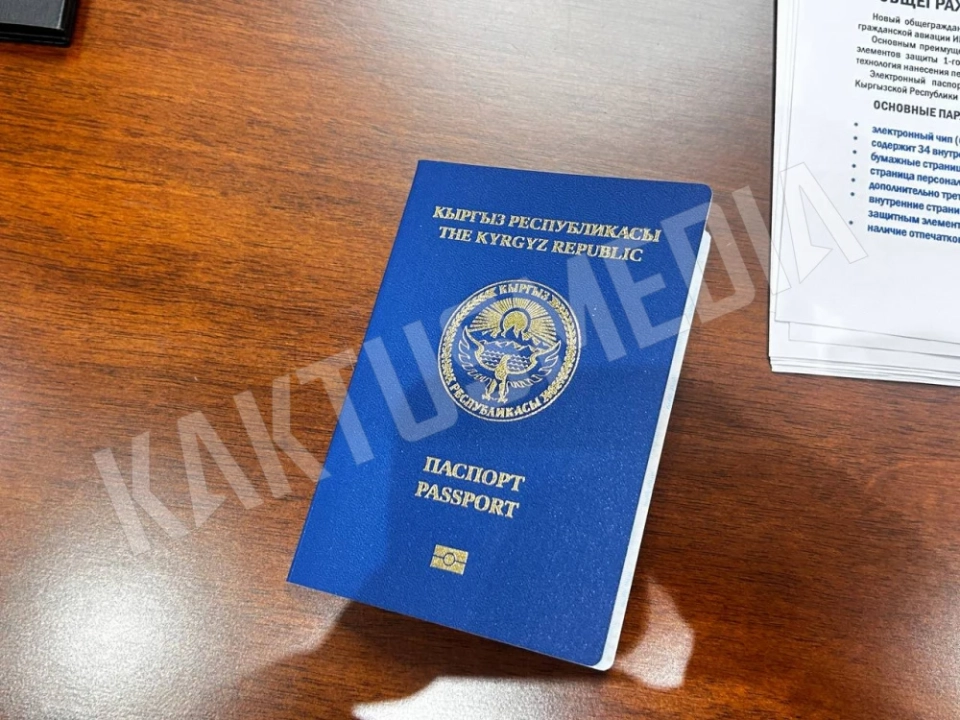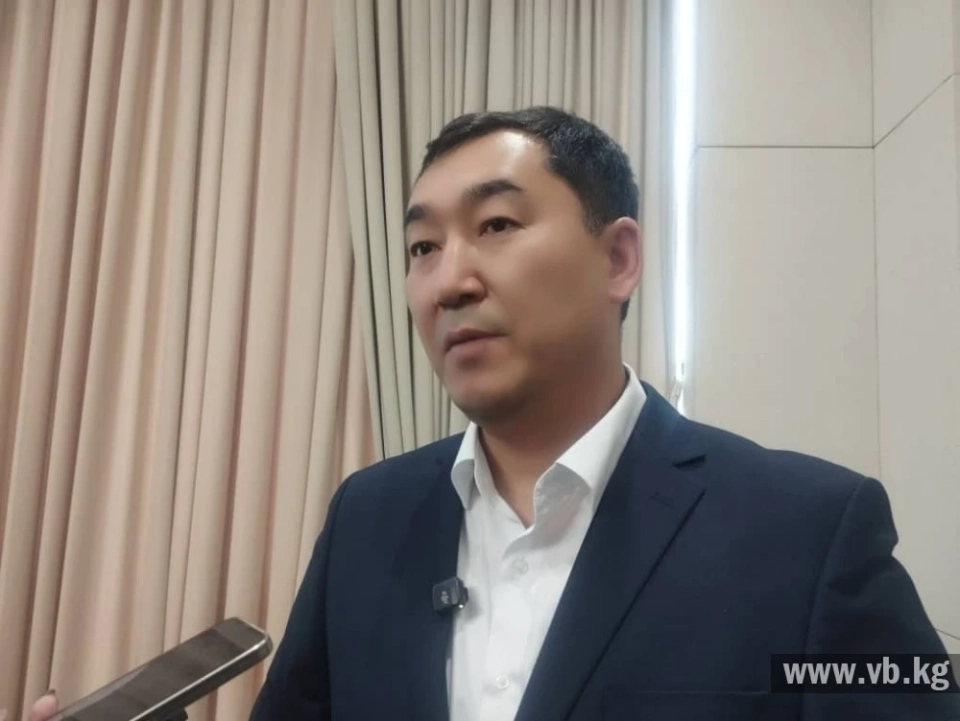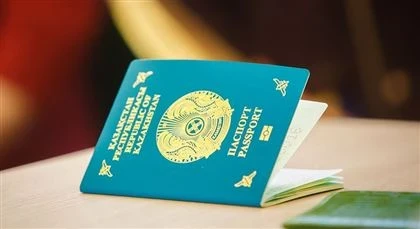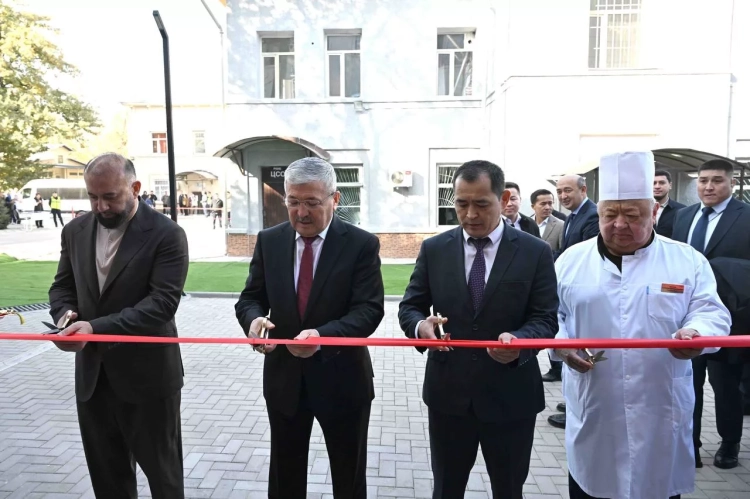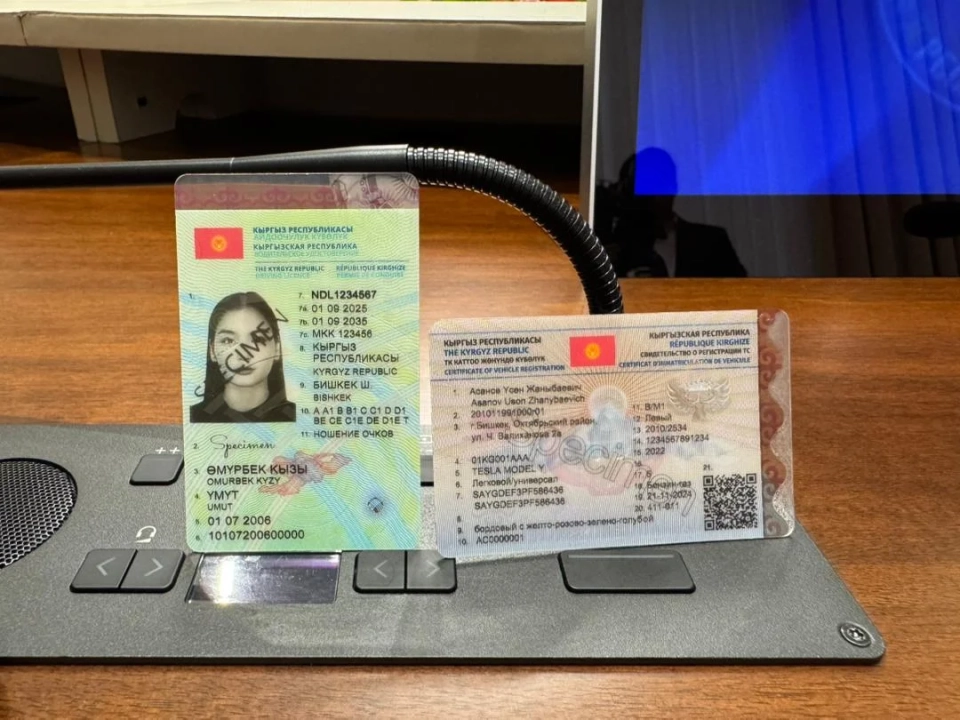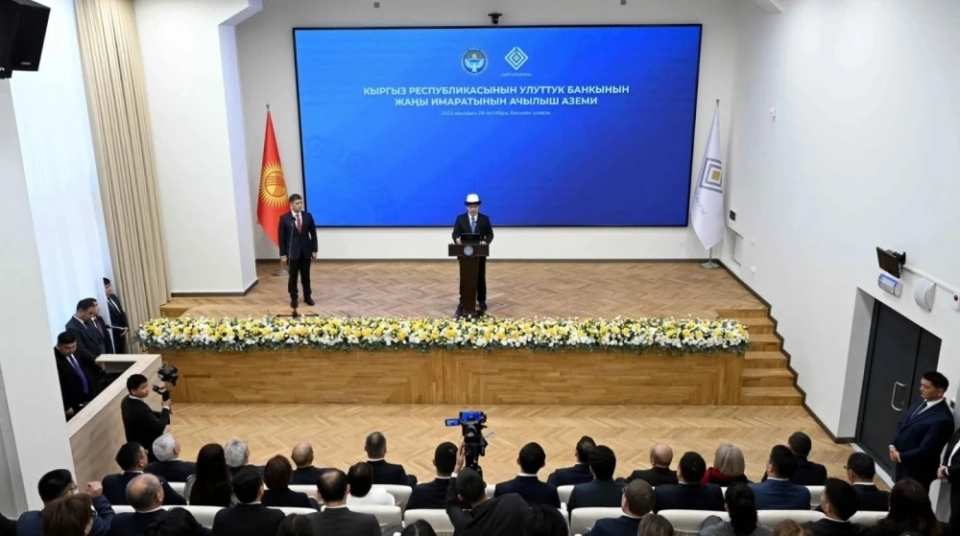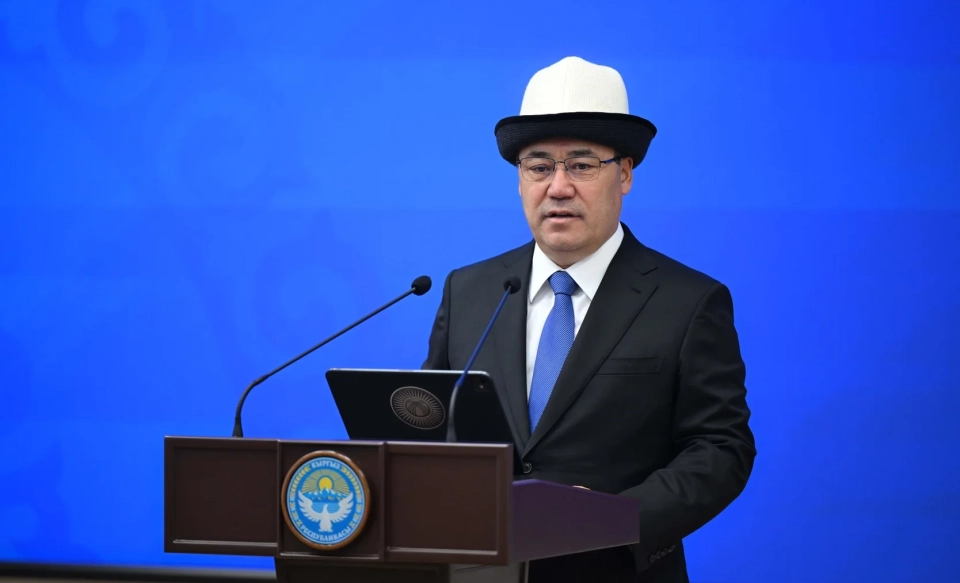
The production of the new passports involves the Kyrgyz company OJSC "Uchkun." By the president's directive, the manufacturing process has been completely updated: both technical and production capabilities have been improved, and modern equipment has been installed.
We remind you that from May 2024, biometric internal ID cards and civil passports will also start to be issued in the country.
Among the main reasons for introducing the new passport model is the update of state symbols due to the change of the flag of Kyrgyzstan, as well as the development of national production, which is now fully concentrated in OJSC "Uchkun." New technologies and unique protective solutions have also been implemented, providing one of the highest levels of security in the region.
The new passport includes:
- more than 30 security features of levels 1–2 and a significant number of level 3;
- innovative holograms and kinegrams;
- UV printing and a cryptographic chip;
- laser engraving with personal data;
- two transparent windows on the data page, including a window with Kyrgyz ornament;
- unique visually variable images.
Each visa page will contain images of objects and landmarks from all regions of Kyrgyzstan, as well as historical and cultural symbols, such as the image of Manas, the residence "Yntymak Ordo," Khan Tengri peak, the Aigul flower, and Tash-Rabat. All these elements serve to protect the document.
Kanybek Tumanbaev, the president's chief of staff, stated that the new passport possesses the highest levels of protection, making it virtually impossible to forge. The cover has also been updated: it prominently features the State Emblem of the Kyrgyz Republic.
The exchange of old passports for new ones will occur on a voluntary basis, and previously issued documents will remain valid until their expiration.
The transition to the new passport model will allow:
- to improve the accounting of citizens crossing the border;
- to enhance the effectiveness of combating transnational crime and illegal migration;
- to strengthen protection against forgery and illegal use of documents;
- to improve the quality of migration control at border crossing points.

